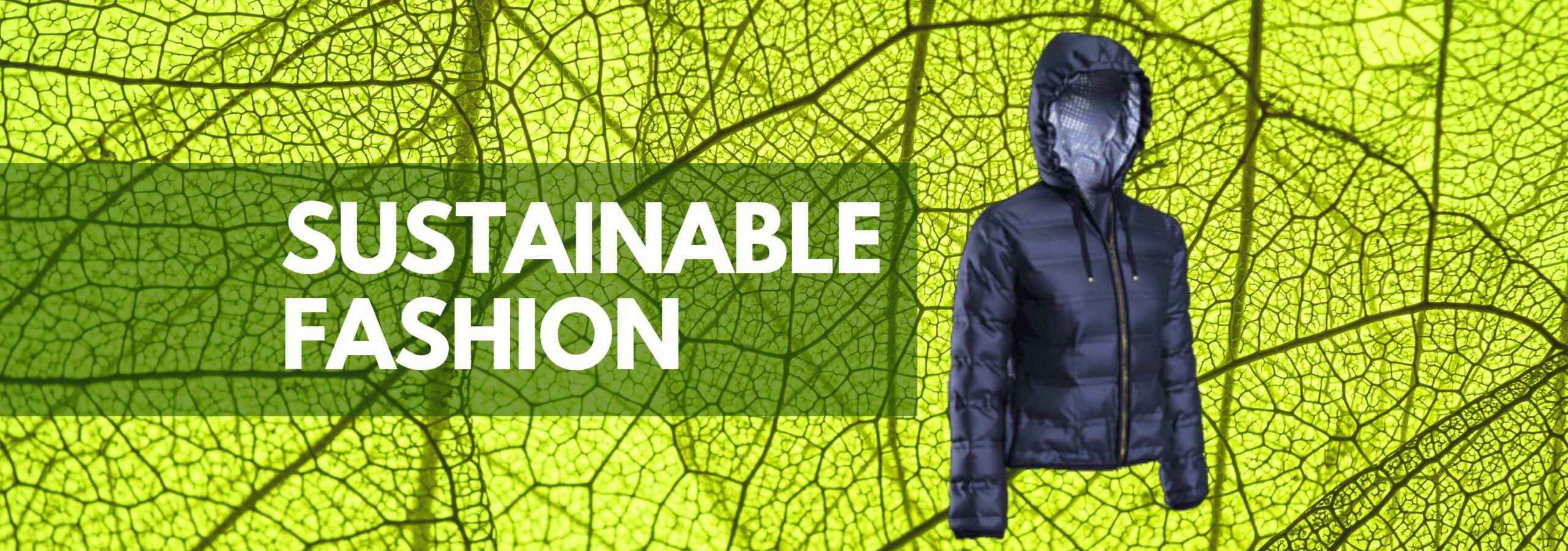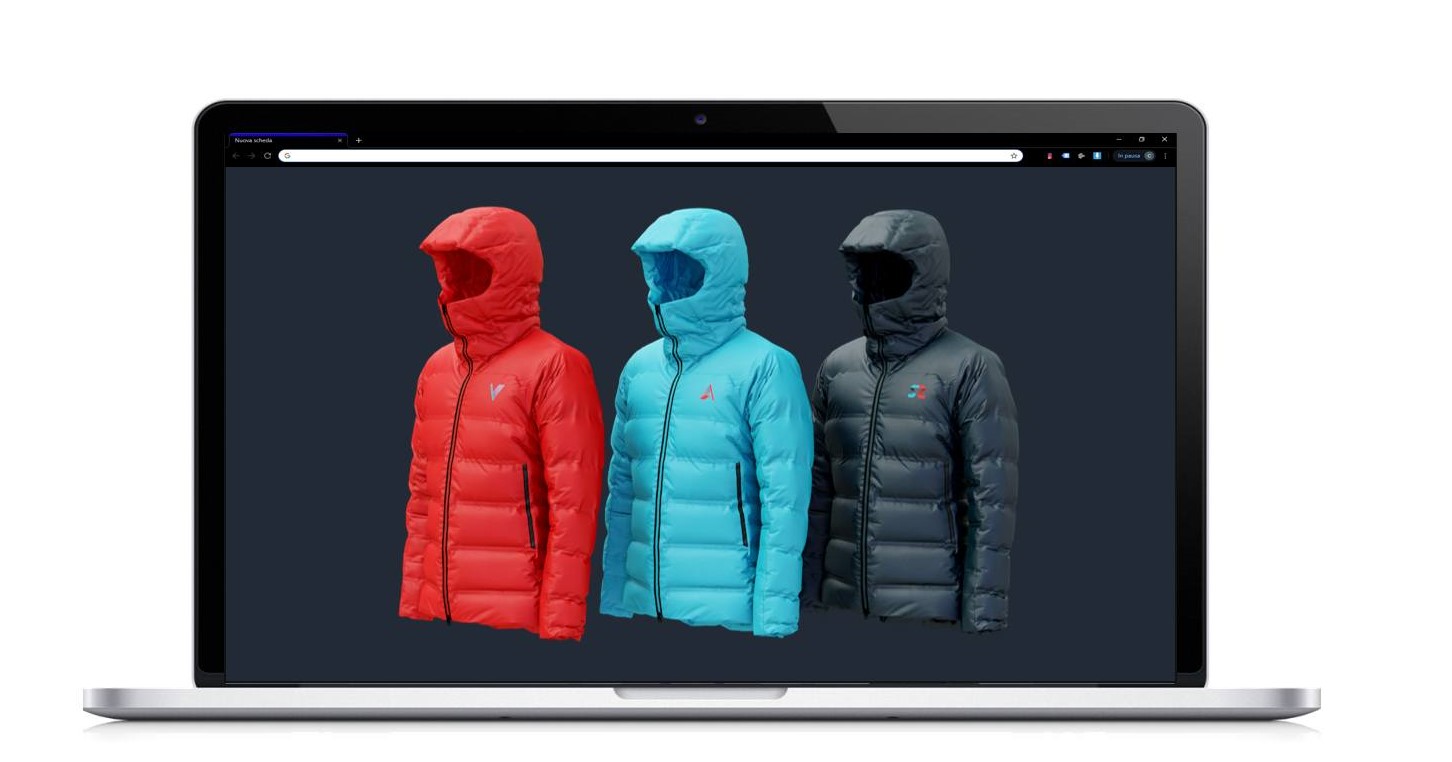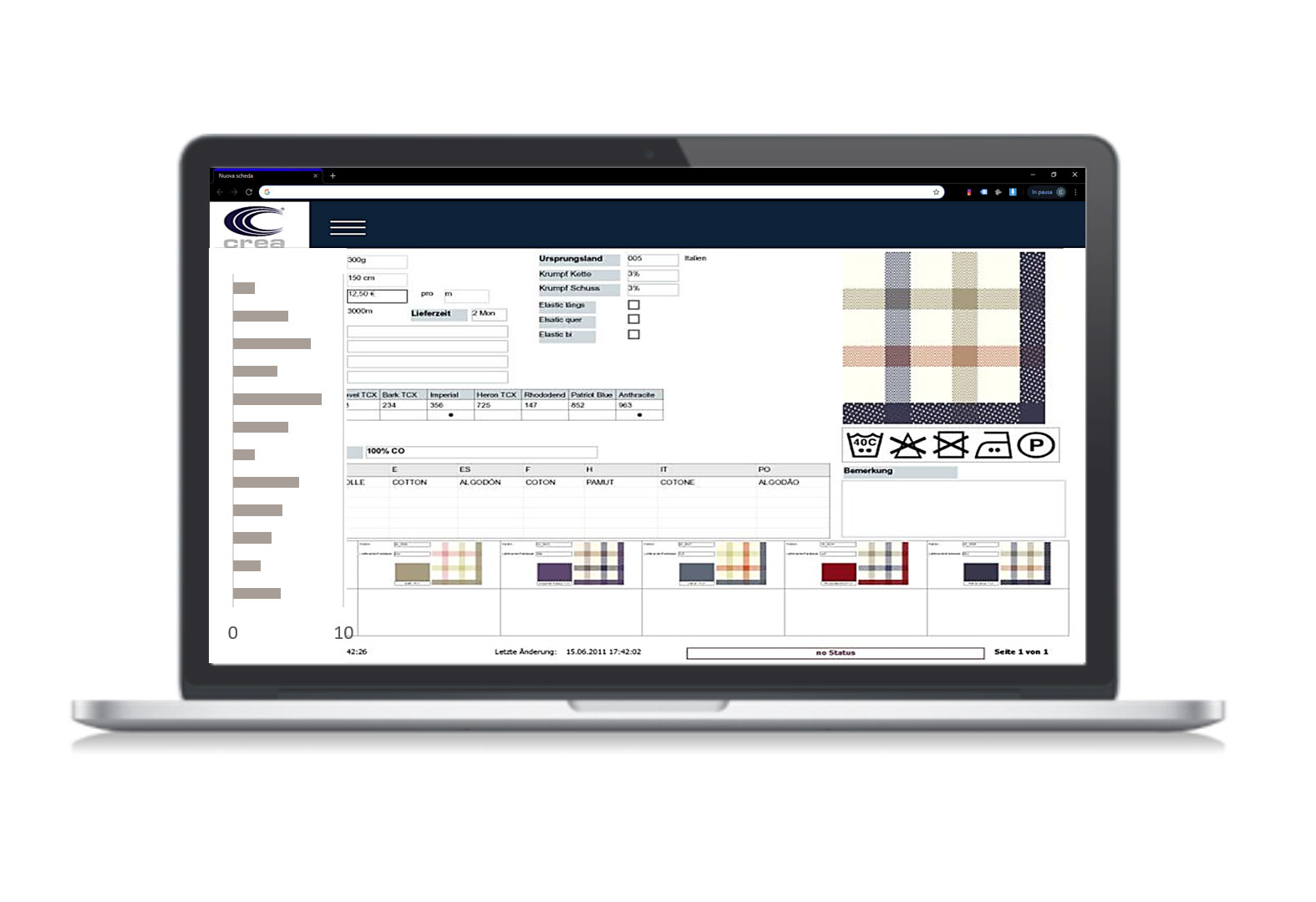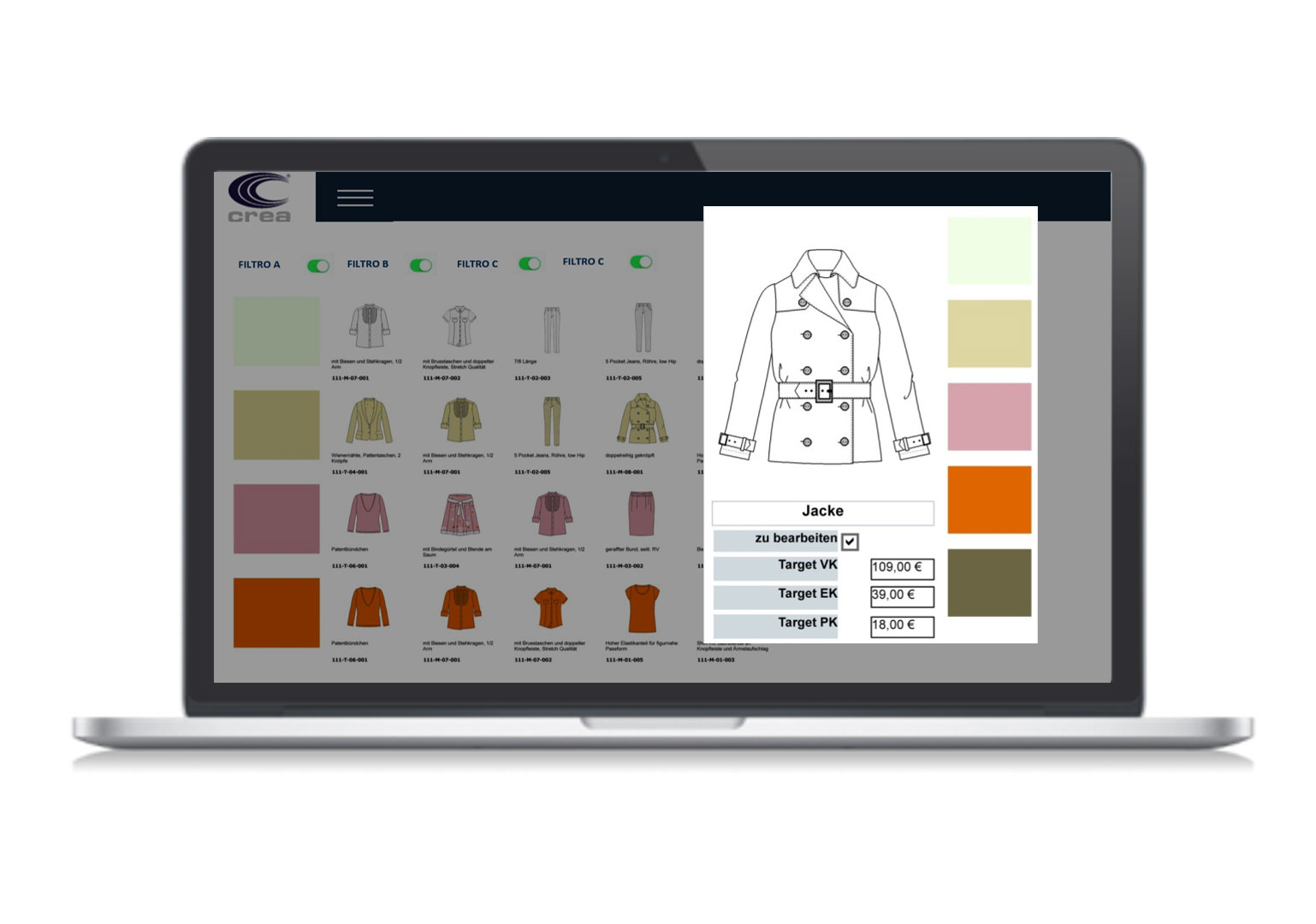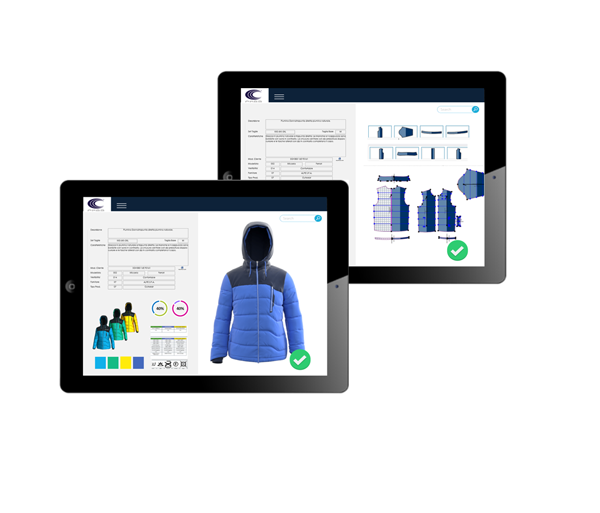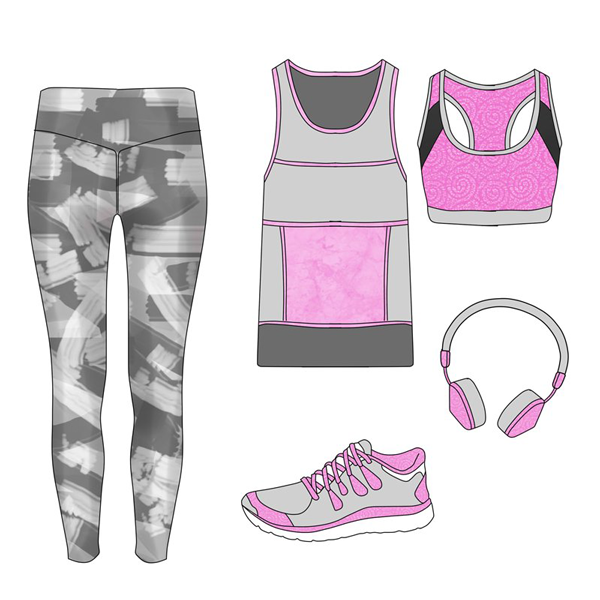Sustainable Fashion: more than a passing trend
Climate change. Greenhouse effect. Global warming. Pollution.
These are terms you don’t necessarily associate with skinny jeans, pencil skirts, graphic t-shirts and tracksuits. But the fact is, sustainability is no longer just a trendy topic. It has become a business imperative across industries …and especially in the fashion industry.
But, what’s the connection?
The fashion industry is contributing to the climate change problem, and the industry suffers from its own consequences.
According to research by the United Nations Framework Convention on Climate Change, total greenhouse gas emissions from textile production amount to 1.2 billion tons each year – more than all air travel and maritime shipping combined. And it will continue to get worse; experts around the globe predict that if the industry continues on this trajectory, by 2030, textile production emissions will rise by more than 60%. And that’s just production. On the other end of the life cycle, landfills in the United States alone are filled with 21 billion pounds of textiles every single year, and most will never decompose since so many modern materials and fibers include plastic.
On top of that, the industry already feels the effects of climate change in many different stages of the workflow. Water shortage, decreasing biodiversity and endangered ecosystems already impact the way garments are designed and produced, and the impact will only become greater with time.
3D: Changing the World, One Garment at a Time
There are many changes that can be made at various stages of the workflow. From choosing eco-friendly fabrics and trims to cutting down on the use of plastic and finding ways to reduce water usage in production.
Another way that brands and retailers can make a positive global impact is by embracing the current digital transformation and moving to 3D design technologies. Digital technologies in fashion design mean far fewer physical samples as well as faster production times for quicker time-to-market. Brands can follow trends and adjust collections on the fly, which leads to less wasted inventory or items that go out of style before they even hit the racks.
Collaboration is Key
Digital and 3D technologies also enable enhanced collaboration during product development and merchandising decision making. At the end of the day, 3D design solutions waste less through a decrease in the production of physical samples, while enabling designers to create images that are so realistic, they can be used in style merchandising all the way through e-commerce. A digital catalog, in turn, reduces resources involved in photography, while also reducing paper and ink usage.
True-to-life 3D digital garments can be displayed on websites and in catalogs, and consumers will not even realize that the garments they are browsing through online have not actually been produced yet. There will be a shift from the current process of developing, then manufacturing and hoping to sell, to a customized, on-demand process that begins with an order and moves to payment and then to manufacture. In other words, brands will be able to fill an order only once its been placed, and smart manufacturing options will enable smaller local factories to fulfill individual orders more quickly and efficiently, significantly reducing waste and the carbon footprint including removing the need to transport mass quantities of garments from distant factories and shrinking inventories that might go unsold and end up in landfills.
Ecommerce conversion rates currently hover around 2.5%, while return rates can be as high as 44%. The goal across the board is to increase conversions while reducing returns, which would change the entire paradigm, encouraging players in the industry to rethink strategies for sustainability.
Clicca qui per leggere l’articolo completo




